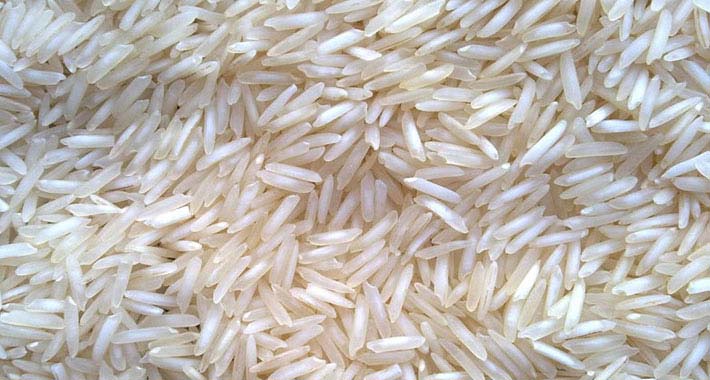Rice exporters call GST reform economic catalyst; agri sector gains from quicker refunds, consumers to benefit
The next-generation Goods and Services Tax (GST) reforms will act as an economic catalyst, with significant benefits for agriculture and rice exports, according to Indian Rice Exporters Federation’s Vice President Dev Garg. Calling the move “not just a tax reform, it is an economic reform,” Garg said the measures would unlock growth opportunities, create jobs and strengthen the sector.
Speaking to ANI, he highlighted that exporters had long faced bottlenecks in GST registration, which earlier took more than a month. “Firstly, the time limit for GST registration has now been reduced to three days. Earlier, it used to take more than 30 to 40 days and this was a very challenging aspect for any large exporter,” Garg said.
He added that the reform would make exports more viable across multiple ports. “If we specifically talk about rice, an exporter may export from Kandla port, Vizag port, Mumbai port or Kakinada port… Earlier, if I didn’t have GST registration in Andhra Pradesh, it was very difficult to aggregate large quantities at the port warehouse and export it.”
Another critical change is quicker refunds. “Any exporter would get provisional 90% refund within one week, which has been reduced from earlier 60 days to seven days. If we talk about the rice industry, more than Rs 1,230 crore of the rice industry are stuck under GST refunds. By bringing in this enabling provision, this amount will be unlocked for the industry which will reduce the working capital cycle,” Garg said.
He also noted that GST rate cuts would stimulate demand. “This new change will also bring in a wave of fresh consumer demand as we have seen that for most consumer goods, the GST slab has been cut down. This will lead to increased demand from the consumer side,” he said.
With India expecting a record rice harvest this Kharif season, Garg stressed the timing was crucial. “We anticipate that the crop for high value basmati and other varieties of Indian rice will result in a huge surplus stock situation. When there is a surplus, we need enhanced consumer demand to uplift the prices and keep the prices for paddy high during the harvest season so that farmers get their due,” he said.
He argued that consumers will now have more purchasing power. “If earlier somebody was purchasing a low value rice variety of Rs 25 to 35 per kg, today because of this GST rate rationalisation, he will be able to shift to a higher variety of rice… basmati and other premium types.”
On behalf of around 7,500 rice exporters, Garg thanked Prime Minister Narendra Modi and the government for implementing the reform, which was described by the GST Council as a “Diwali gift” after approving sweeping rate cuts across sectors including food staples, agriculture, education, healthcare, automobiles, electronics and insurance.
This article has been republished from The Times of India.

